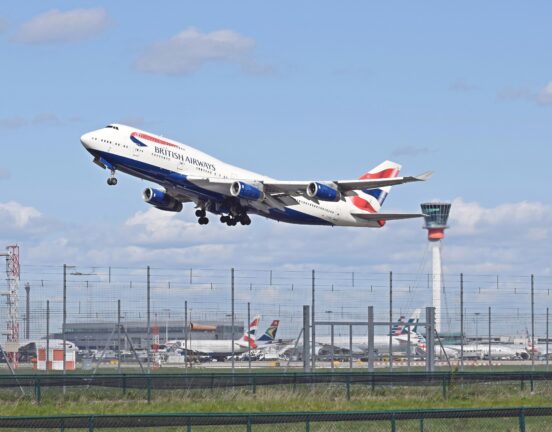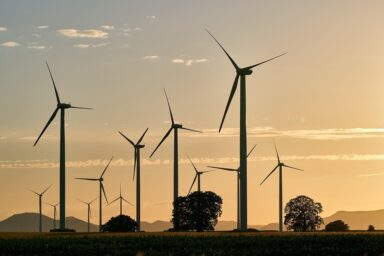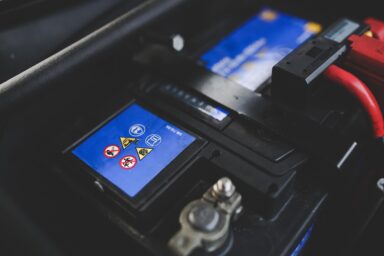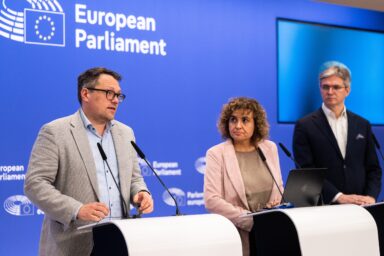The European Union could generate up to ten times more revenue from aviation sector if emission rules are fully applied and key exemptions eliminated, recent study by Carbon Market Watch says. The watchdog urges also non-CO₂ emissions – like water vapour, nitrogen oxides, and sulphur dioxide – to be taken into consideration.
Intercontinental flights to and from Europe currently remain largely exempt from the EU’s emissions trading system (ETS), despite the sector’s substantial climate impact. In theory, intra-European flights should be fully covered by ETS – but half of their emissions are also exempt until the end of 2026.
The latest study by Carbon Market Watch (CMW), an independent watchdog and research organization with expertise in carbon pricing, urges that fundamental changes be adopted. Doing so would contribute to a fair competition with other modes of transport and also bring a significant amout of money to the EU.
Ending exemptions is the key
Currently only intra-European flights departing from or arriving at airports within the European Economic Area (EU plus Iceland, Liechtenstein, and Norway) are subject to emissions charges. The report reveals that expanding the policy to price the pollution of all departing flights including the intercontinental ones would at least double the revenue generated.
It is scandalous that the aviation industry has skirted paying for its climate impacts for so long. – Bastien Bonnet-Cantalloube, Carbon Market Watch’s policy expert on decarbonisation
That is not all, however. Most emissions coming from private jets are excluded, too. Plus there are non-CO2 aviation emissions – such as contrails or nitrous oxide, which can have a climate-warming effect three times higher than CO2. Experts cited in the above mentioned study calculated that by expanding carbon pricing to all non-covered aviation climate impacts, the EU’s ETS revenues from the aviation sector could increase tenfold between 2025 and 2040. In terms of real money that would bring more some €1tr until 2040.
Path to decarbonization
“It is scandalous that the aviation industry has skirted paying for its climate impacts for so long,” says Bastien Bonnet-Cantalloube, CMW’s policy expert on the decarbonisation of aviation. “The upcoming EU ETS review can set aviation on a decarbonisation flightpath and generate greater revenue to fund the EU’s climate policies.”
Revenue raised can be returned to source by supporting industry efforts to adopt cleaner fuels, especially by making e-kerosene projects more viable, ther study suggests. Proceeds can also be channelled to upgrade the EU’s railway infrastructure thus providing a more affordable and cleaner form of transport than can substitute short-haul flights, the study says.
You might be interested
Independent research studies estimate that the aviation industry as a whole accounts for some 2.5 per cent of global CO₂ emissions. Its contribution to global warming, however, is probably somewhat higher, around four per cent.











